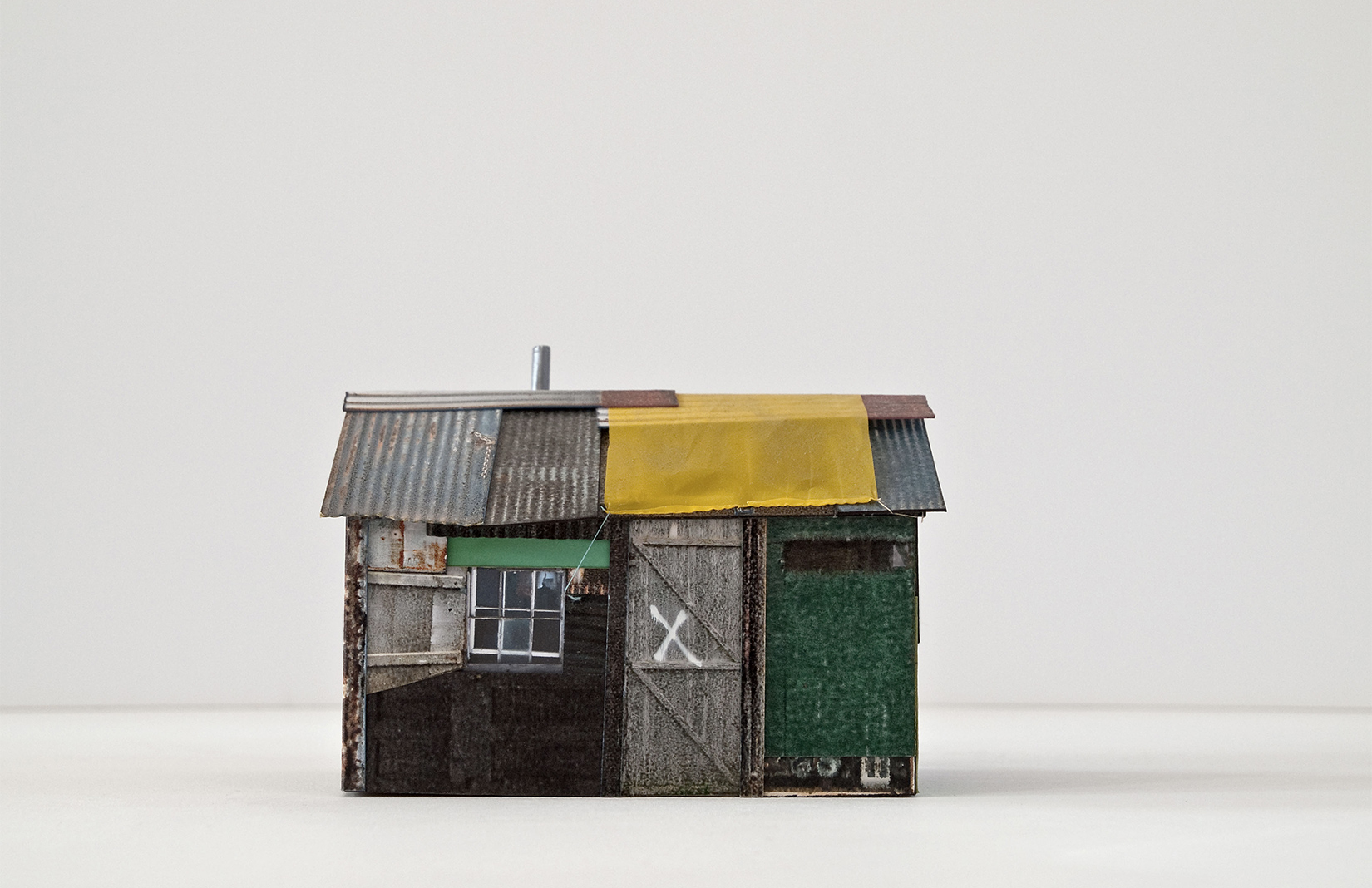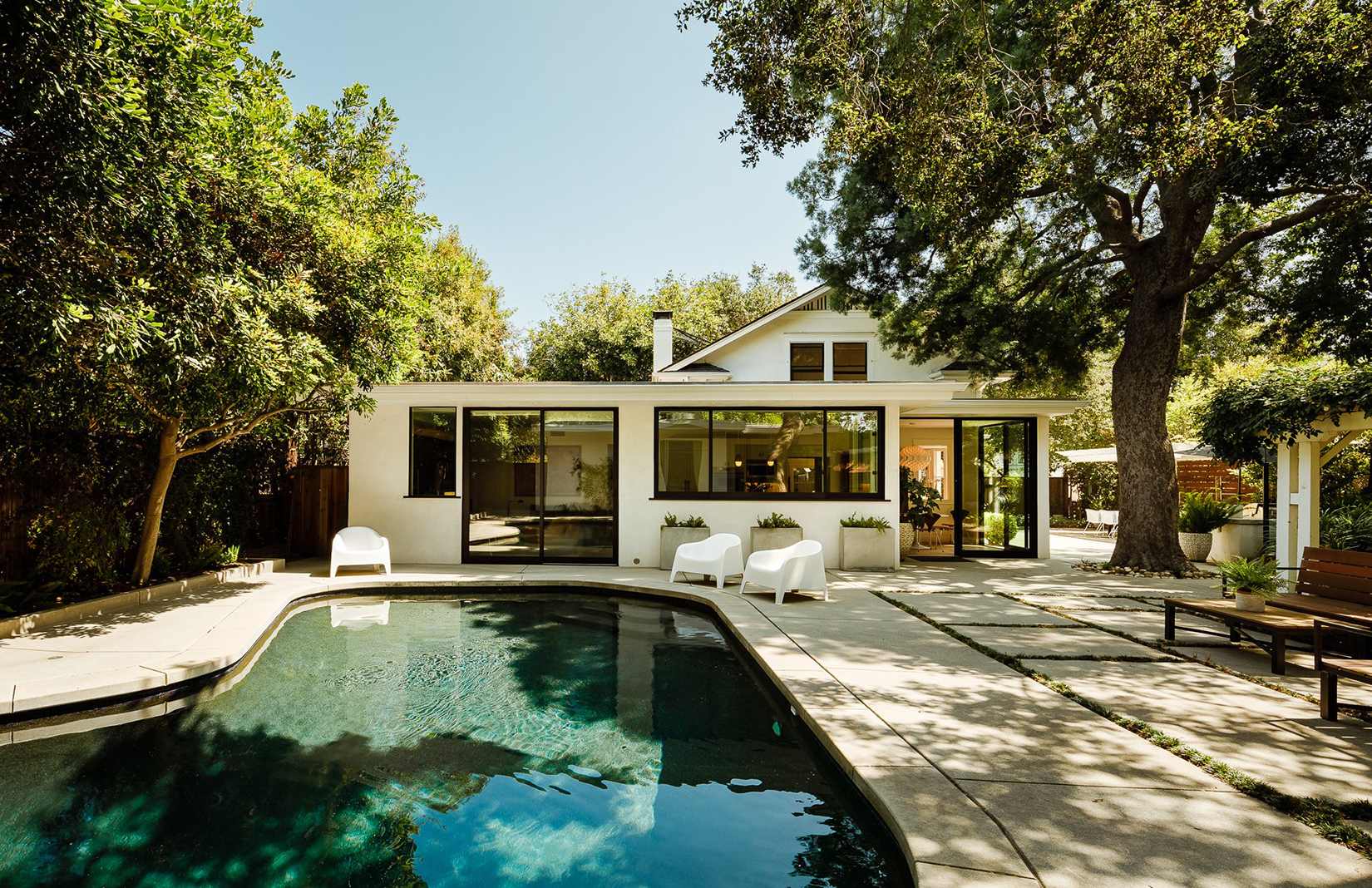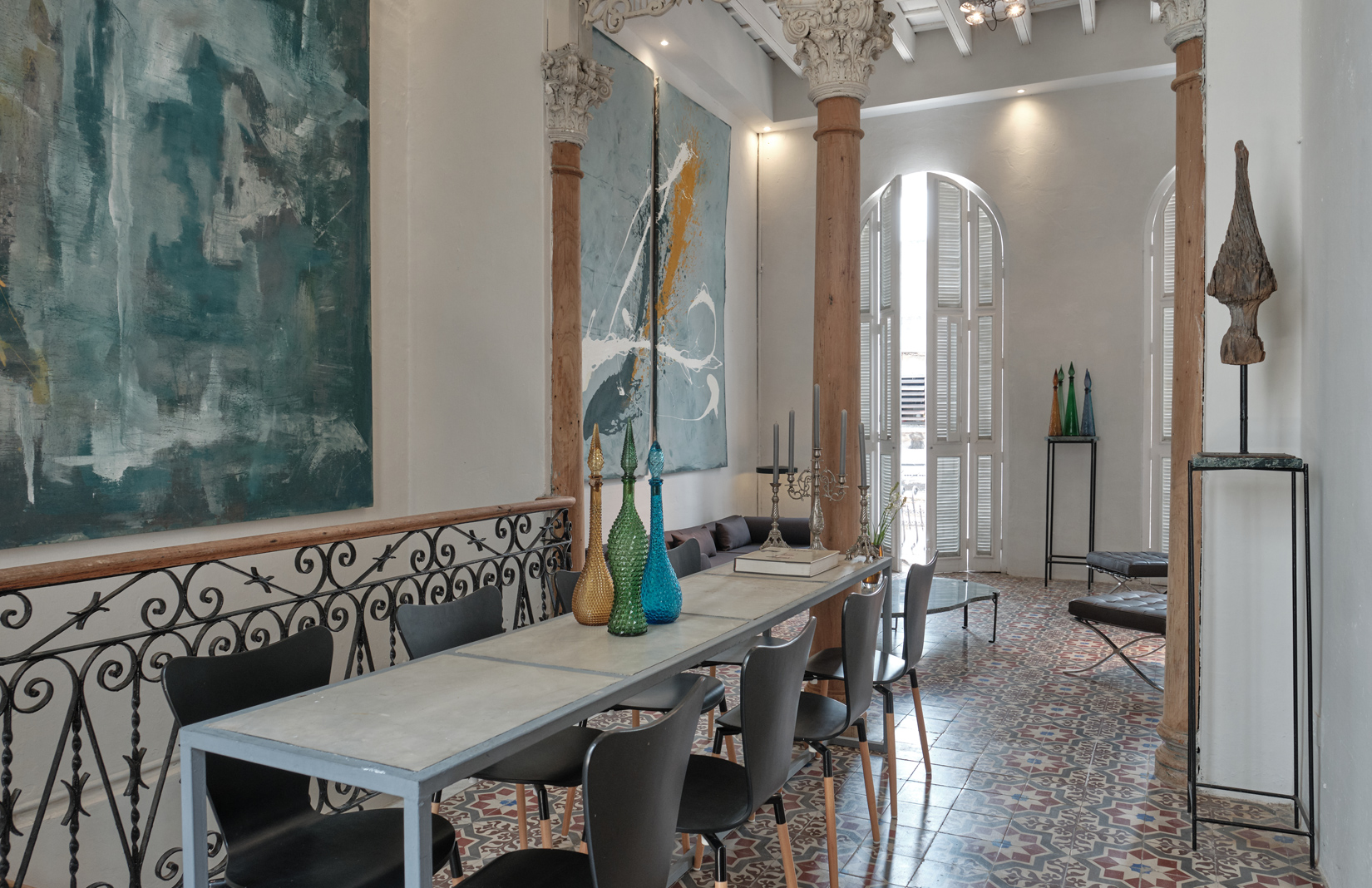Antonia Dewhurst’s show, Gimme Shelter, at the Ruthin Craft Centre reimagines the ancient Welsh folklore of the Tŷ Unnos, or ‘One Night House’, as a series of innovative micro-structures.
The tradition of Tŷ Unnos states that if a house could be built on common land between sunset and sunrise, and have smoke emerging from its chimney at dawn, then the house could be kept – along with the land enclosed by a hammer throw from its four quarters.
Building one-night houses arose in the 17th century and continued into the 19th century as a response to land enclosure laws and high taxation imposed by landowners. Families paid taxes based on the land they inhabited, so those with adult and married children faced additional tariffs on a second dwelling, even if it was on the same ground they farmed.

Photography: Antonia Dewhurst / Ruthin Crafts Centre

Photography: Antonia Dewhurst/ Ruthin Crafts Centre

Llainfadyn Cottage at the Museum of Wales which dates from 1762. Photography: Museum of Wales
‘Long before the 17th century, there are Welsh legends of wagers between land owners and peasants, over what could be achieved in a night, and most follow a theme of the plucky underdog outwitting their greedy overlords,’ says Welsh folklore expert Dr Juliette Wood of Cardiff University.
She describes Tŷ Unnos as following a broader Welsh tradition of recalling and adapting ancient folklore to meet the needs of the time.
‘One surrounds a lord agreeing to grant the amount of land which could be encircled by a single ox hide, so the tenant cuts the hide extremely thinly and encompasses the whole farm, whereas another involves an entire village coming together to win a bet of how much land they could plough overnight.’
There are houses standing across Wales that can trace their origins to the ‘one-night house’ in local folklore. These may be properties that were originally built by squatters and constructed in a vernacular building tradition using locally available materials, such as The Ugly House (Tŷ Hyll) – a famous example in Snowdonia.
No completely ‘original’ Ty Unnos shack exists today, however, because they were converted to more solid stone structures as soon as they were able to.

In modern times, the Tŷ Unnos concept has been used as an inspiration for low-cost modular housing systems utilising local materials. At a crisis point where rising house prices in rural Wales are once again causing difficulties for young people hoping to remain in their home villages amongst their families, there’s renewed interest in ideas like Tŷ Unnos.
‘To me each is a little poem about existence, architecture as a metaphor for the human condition’, says Dewhurst.
Dewhurt’s micro-huts are built from digital photographs and (in the spirit of their predecessors) found materials. They’re also infused with Dewhurt’s real-life experience: on the night of 19-20 July 2012, the artist built a Tŷ Unnos in the park in Newtown for Oriel Davies Gallery in rural Powys.
‘Gimme Shelter’ is at Ruthin Craft Centre, Ruthin in Denbighshire, until 16 April 2023


























